Dr David Buckley gives comprehensive overview of the latest management approaches to acne
Acne is one of the most common dermatological presentations in primary care. With careful assessment, and appropriate treatments most patients can be adequately managed in primary care.
Acne is a chronic inflammatory disease that can last months or years. It usually occurs on the most visible part of the body (the face) at the ‘worst’ time in a patient’s life (in the teens and early twenties). While it is true that most patients will ‘grow out of their acne’, this is not much consolation for the teenager or young adult sitting in front of you covered in pimples or spots. Patients need to be given realistic expectations as to what we are trying to achieve when treating acne. In most situations we are not necessarily trying to cure the disease. However, the patient can usually be assured that we can clear 90-to-95 of the acne within three to six months with safe, effective treatments. Most patients are happy with this. While oral isotretinoin (Roaccutane) will cure most patients of their acne, this drug is only suitable for the more severe persistent cases.
Acne, like many other chronic diseases, can go through phases of flare-ups and remissions. Treatments should be aimed at clearing the acute flare-up (ie, papules, pustules, cysts and nodules). The patient will also require a maintenance treatment to prevent
relapses. Fortunately, some of the newer topical treatments for
acne can clear flare-ups and prevent relapses.
Aetiology of acne
To manage acne, it is important to be aware of the aetiology. The problem with acne is that the end organ (the pilosebaceous unit) is super sensitive to the normal fluctuations in hormones that occur in adolescence and young adults leading to increased sebum production. This causes too much oil in the skin, which blocks the pores and leads to comedones (blackheads and whiteheads). The excess oil becomes colonised by bacteria (P. Acnes), which causes inflammation and results in papules and pustules. In severe cases the inflammatory response can cause nodules and cysts. To manage acne effectively, it is important to know the mode of action of various acne therapies so that logical combinations can be chosen.
Topical therapies
Since the basic underlying problem with acne is too much oil on the skin, this is usually the first problem that should be tackled when managing all stages of acne. An acne wash containing various strengths of salicylic acid will help to reduce the amount of oil on the skin and may help resolve some of the comedones. However, salicylic acid can be irritating, especially the higher strength products which can contain up to 2 per cent salicylic acid. If a patient cannot tolerate a wash containing 2 per cent salicylic acid, then they should try something less potent such as 0.5 or 1 per cent salicylic acid wash.
The best treatments for comedones are topical retinoids or retinoid-like agents. One of the most popular at present is topical adapalene (Differin gel). This is a retinoid-like agent that is extremely effective when treating oily skin with a lot of comedones (blackheads and whiteheads). However, like a lot of acne treatments, adapalene can be quite irritating and so the patient should be instructed to apply it sparingly all over the affected areas on the face and not just onto pimples and spots. If the skin is very sensitive, the patient should apply it on alternate nights for the first few weeks until they build up a tolerance and then gradually increase it to once every night. It can take three to six months to have a significant effect at reducing comedones and preventing them from going on to develop into papules and pustules.
If there are inflammatory lesions such as papules and pustules, benzoyl peroxide (eg, Acnecide) can be very effective. Again, this can be quite irritating and should be applied sparingly all over the acne-affected areas and not just on the pimples and spots. Most patients with acne will have a combination of comedones and inflammatory lesions (papules and pustules). In this situation it is probably best to combine a topical retinoid or retinoid-like agent with benzoyl peroxide. The easiest way to do this is to get the patient to apply adapalene at night and benzoyl peroxide in the morning. Both these agents can be quite drying and sometimes irritating so the patient must be counselled to start applying the gels lightly initially and gradually increase the amount applied as the skin becomes more tolerant to these products. It is kinder to start with adapalene at night and only add in benzyl peroxide in the morning after a few weeks once the patient is happy that they are tolerating the adapalene. The patient may have to use a lightweight, non-comedogenic moisturiser in the morning if there is excessive dryness.
There is a new product recently launched in Ireland that combines adapalene and benzoyl peroxide in the one tube (Epiduo). Although it is very effective and convenient, again it can be quite irritating, so patients have to apply it sparingly all over the acne-affected areas of the face and only on alternate nights for the first few weeks. For those who can tolerate it, it can be very effective at clearing up the comedones and inflammatory lesions and it can also be used to prevent relapse. These products can be used long-term if necessary. However, adapalene should not be used during pregnancy.
Unfortunately, not all patients can tolerate these products. For patients with extremely sensitive skin, topical azelaic acid (Skinoren) may be more appropriate. Azelaic acid is less irritating and can be applied twice a day all over the acne-affected areas. It helps reduce follicular plugging but also has antibacterial and anti-inflammatory effects.
While topical antibiotics are generally well tolerated, they are mostly licenced for use for only three months, whereas most acne patients can have acne for many years. Resistance is common with topical antibiotics, so I rarely use them.
For acne on the back and chest, benzoyl peroxide is usually more appropriate as these are large areas that will require a lot of gel. Benzoyl peroxide such as Acnecide 5 per cent is relatively cheap, comes in large 60g tubes and can be bought without a prescription, making it suitable for these areas.
Oral therapies
For patients with more moderate to severe acne, topical agents may not be sufficient to clear the skin. For these patients, adding in an oral anti-acne treatment on top of the previously-mentioned topical agents may be helpful. The standard first-line oral therapy for most patients is an oral antibiotic with a strong anti-inflammatory effect such as lymecycline 300mg daily. Alternatives are doxycycline 50-to-100mg daily or erythromycin 500mg BD. These tablets are generally well tolerated and should be taken for three months. For severe extensive acne, I might continue them for up to six months but not longer than that. Never use oral therapies alone; always use them in conjunction with good topical therapies as mentioned above.
For patients who are not responding to standard oral therapies combined with good topical agents, I occasionally give higher doses such as lymecycline 300mg BD or doxycycline 100mg BD for three to six months. However, this is an off-licence dose. Trimethoprim 300mg BD is sometimes used by skin specialists for more severe resistant acne, especially where patients cannot or will not take Roaccutane. All these oral drugs should not be taken during pregnancy apart from erythromycin. Children should not take tetracyclines.
Women have the option of trying to manage their acne with hormone treatments. The most popular is Dianette, which is a combination of 30mcg oestrogen combined with an anti-androgen (cyproterone acetate). This has the added advantages in that it can offer contraception and may help with dysmenorrhoea or menorrhagia. However, Dianette should not be used alone. It is best combined with benzoyl peroxide topically. Dianette should not be taken for more than twelve months for acne. Other hormone options are oral contraceptives with at least 30mcg of oestrogen and a progestogen with low androgenic potency such a Yasmin, Qlaira, Zoely or Logynon. Low dose oestrogen pills (20mcg) and progesterone only contraceptives such as the mini pill, Implanon and the Mirena coil should be avoided as they may aggravate acne. All oral contraceptive pills should be avoided in heavy smokers and those with hypertension, hypercholesterolaemia, obesity or a history of venous thromboembolism.
Spironolactone is sometimes used for refractory acne in women, especially if she is unsuitable or intolerant to the oral contraceptive pill. She should be started at a small dose (25mg per day) and gradually increased to an average of 100mg per day. Spironolactone should be avoided in pregnancy but it can be useful in women with polycystic ovarian syndrome. Like all oral therapies, it should be combined with good topical therapies.
Maintenance treatment
Most patients with moderately severe acne will require topical treatments such as adapalene and benzoyl peroxide combined with an oral anti-acne agent such as lymecycline for three to six months. Once their acne is 90-to-95 per cent clear, they should stop the oral therapy, but it is important to encourage them to continue with the topical treatments to prevent relapse. These topical agents can be used for months or years if necessary.
Resistant acne
Patients who fail to respond to a combination of good topical agents combined with three to six months of appropriate oral antibiotics or anti-androgens, may have to consider oral isotretinoin (Roaccutane) (see Table 2). Another common indication for Roaccutane is nodulo-cystic acne or scarring acne where patients are often put straight on it without having a trial of less potent therapies. Roaccutane is only licenced to be prescribed by doctors with experience in prescribing systemic retinoids. It is highly teratogenic and can cause troublesome mucocutaneous side effects, and there are strict guidelines on its use in women of childbearing age (www.medicines.ie).
For this reason, it is probably best prescribed by a consultant dermatologist or GP with a lot of experience in its use. Under careful medical supervision, almost all patients will clear their acne within six to nine months of Roaccutane. About one quarter of patients may relapse but they can always take a second course. Roaccutane is unique in that it is a monotherapy because it works on all the various pathways in the aetiology of acne. It does not need to be combined with any topical treatments other than a lip moisturiser.
The potential medicolegal risks of prescribing Roaccutane are very high so only those doctors with a lot of experience in its use should consider prescribing it. However, it is important that suitable patients with severe acne are not denied this extremely effective and life changing drug when they
need it.
References on request
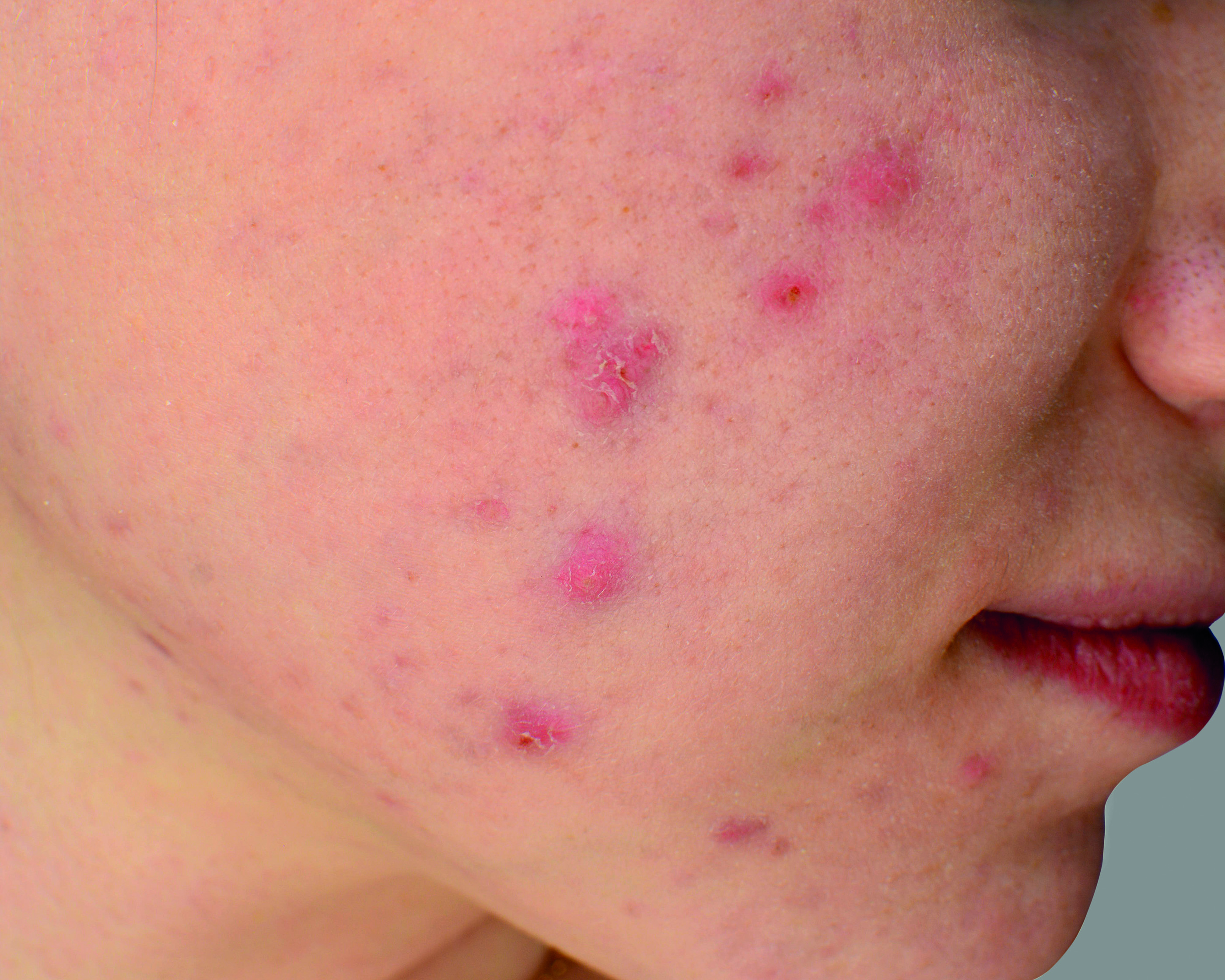
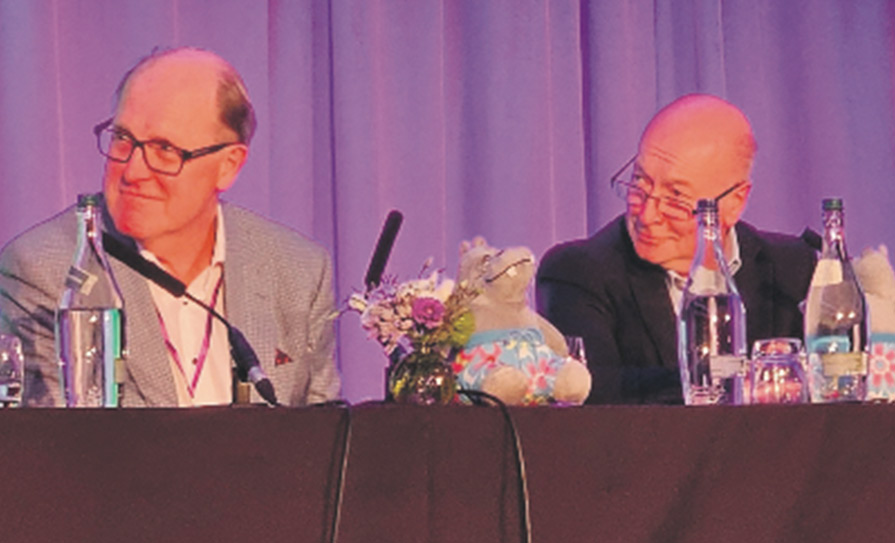
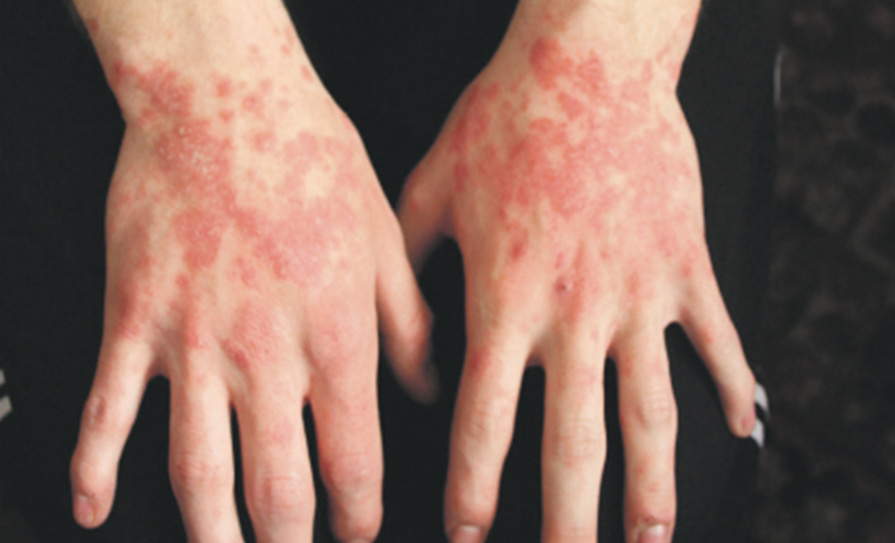
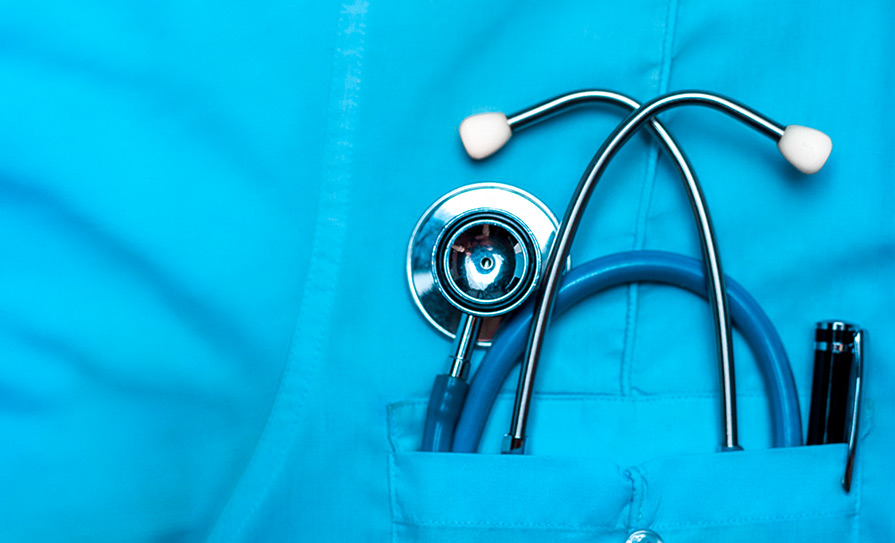
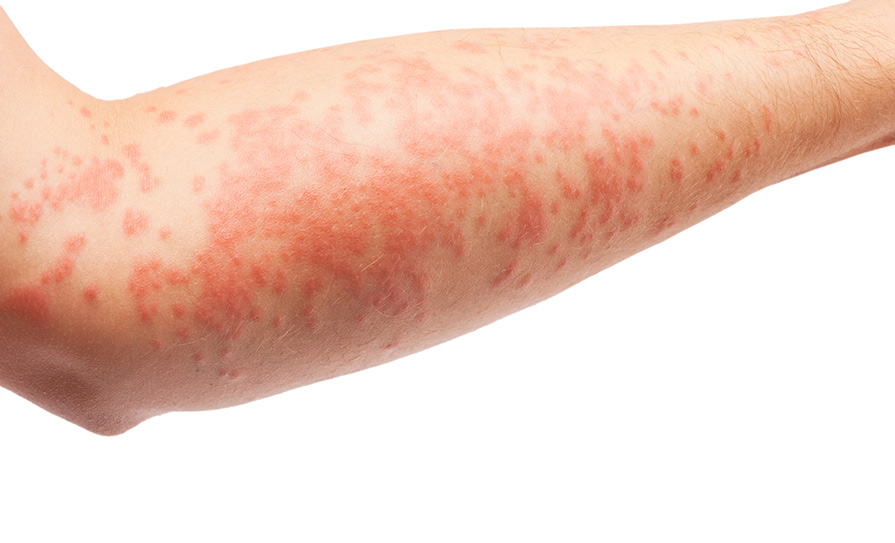
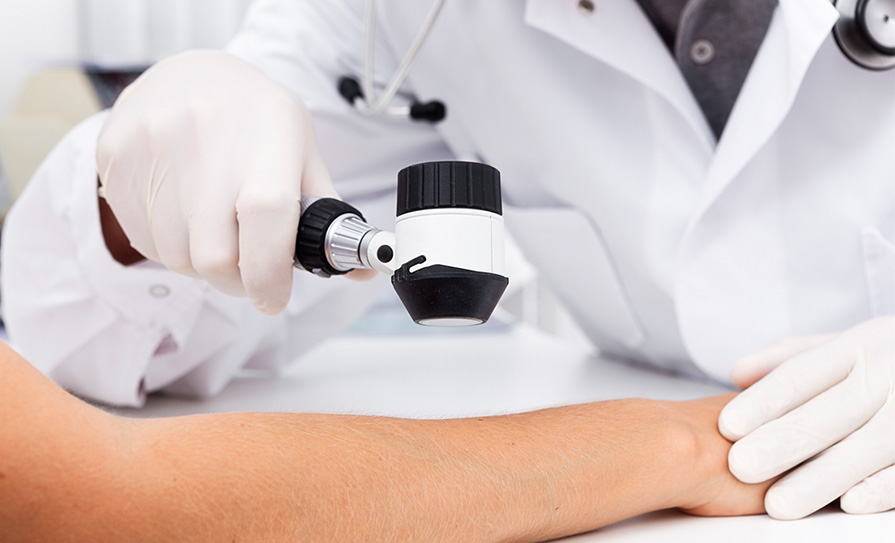

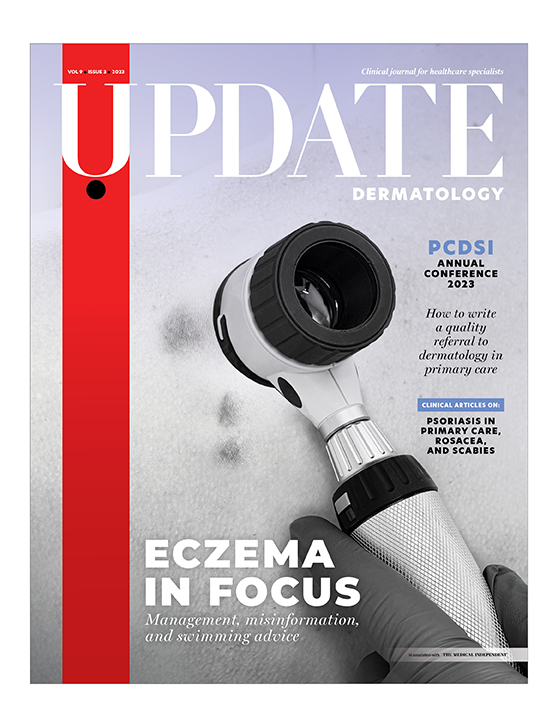
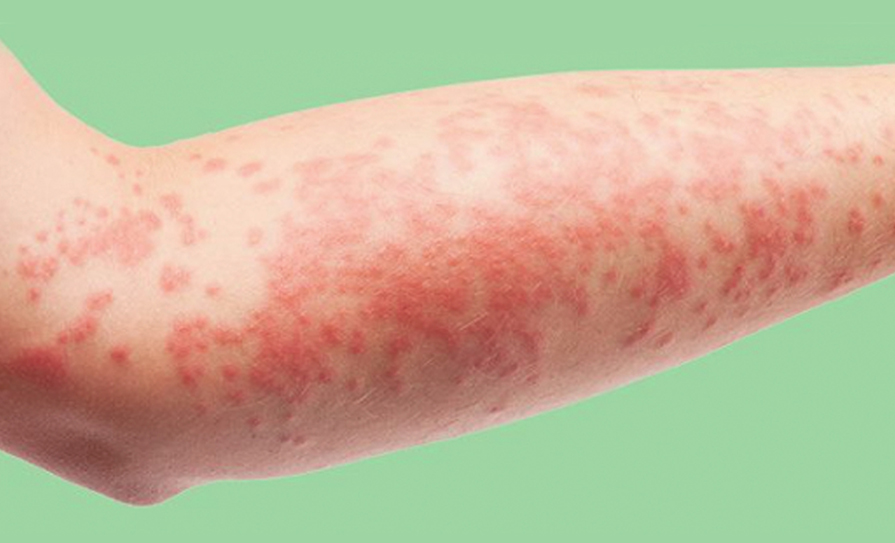




Leave a Reply
You must be logged in to post a comment.